Buffet vs Plated Catering: What’s the Real Difference?
When planning an event, one of the most important decisions revolves around food—more specifically, how it will be served. In recent years, catering in Singapore has expanded to include a variety of options, with buffet and plated catering being two of the most popular choices. Both styles offer their own sets of advantages and cater to different event needs. Whether you’re organising a wedding, corporate event, or private gathering, understanding the distinctions between the two can help you make the right choice.
Understanding Buffet Catering
Buffet catering is well-loved for its casual, communal vibe. Guests have the freedom to pick and choose from a range of dishes set out on serving tables. This format is particularly suitable for larger events where variety is key. From local delights like laksa and satay to international dishes like pasta or roast beef, buffet catering encourages interaction and flexibility.
One major advantage of buffet catering is the variety it offers. With more dishes to choose from, guests are more likely to find something that suits their palate or dietary restrictions. This style also promotes mingling as guests queue and chat along the way. Many catering services in Singapore are accustomed to creating visually appealing buffet spreads that enhance the aesthetic of the event venue.
However, buffets may lead to longer queues and potential food wastage. The set-up requires more space and could result in uneven portions depending on how early or late guests arrive at the serving stations. While it may seem cost-effective per person, there are hidden costs such as the need for serving staff, food warmers, and layout planning that should not be overlooked.
What Is Plated Catering?
Plated catering, also known as sit-down or table service, is a more formal style where guests are served individually prepared dishes at their seats. It’s the preferred choice for high-end events like gala dinners, weddings, or business luncheons that require a polished and professional ambience.
With plated catering, every guest receives the same portion size, which ensures consistency and better control over the event’s food costs. There is also less wastage as the meals are portioned according to the guest count. This catering method allows for greater culinary presentation, as each plate can be artistically styled before being served at the table.
Catering in Singapore has evolved to offer plated services that match international standards, with chefs often crafting a three-course or five-course meal tailored to your event’s theme. Despite its elegance, plated catering requires more manpower, precise coordination, and typically comes with a higher price tag.
When to Choose Buffet Over Plated
The decision between buffet and plated catering should align with your event’s tone, size, and logistics. For casual events like birthday parties, school functions, or relaxed networking sessions, buffet catering makes more sense. It encourages a lively environment and offers flexibility for guests who may want to return for second helpings or mix and match their meals.
Many organisers opt for buffet-style catering services when budget and space allow. Buffets are also easier to scale up for larger groups, making them a reliable choice for family reunions or company retreats.
When Plated Catering Is More Suitable
If your event aims to impress with sophistication and structure, plated catering might be the better route. Events like weddings, product launches, and award ceremonies benefit from the elegant feel that a plated dinner offers. Guests don’t have to leave their seats, allowing for smoother scheduling of speeches, entertainment, or formalities.
The middle of the event is typically the highlight of plated service, when courses are delivered seamlessly by well-trained waitstaff. Many premium catering services in Singapore pride themselves on delivering an elevated dining experience that complements the overall event styling.
Key Differences That Matter
The real difference lies in control, formality, and guest experience. Buffets offer freedom and variety but may compromise on elegance and timing. Plated meals deliver sophistication and consistency but are less flexible in terms of dietary choices and cost more to execute.
You should also factor in the space available at your venue. Buffets require room for serving stations and guest movement, while plated events need space for additional staff and kitchen operations. If your venue has limited back-of-house support, that could affect your decision.
The final consideration is the kind of memory you want your guests to walk away with. Is it the freedom to try many dishes and mingle, or the feeling of being pampered with service and carefully curated plates?
Conclusion
Both buffet and plated catering have their own merits, and the right choice depends on your event’s priorities. Whether you are leaning toward a casual buffet or a formal plated setting, Singapore’s catering scene offers capable and creative professionals to bring your vision to life. Consider your budget, guest profile, venue constraints, and the type of experience you wish to create.
Contact Elsie’s Kitchen today for expert guidance tailored to your event needs.
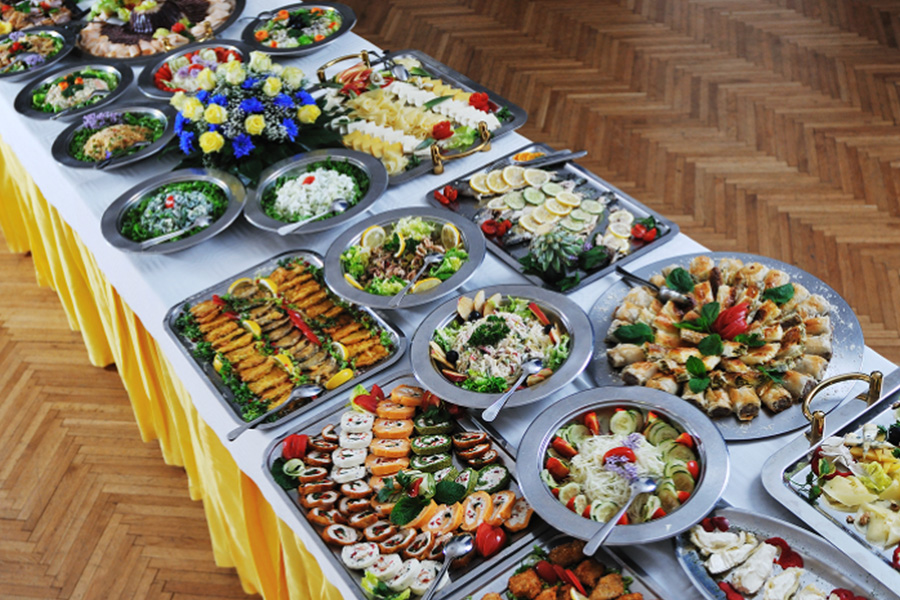
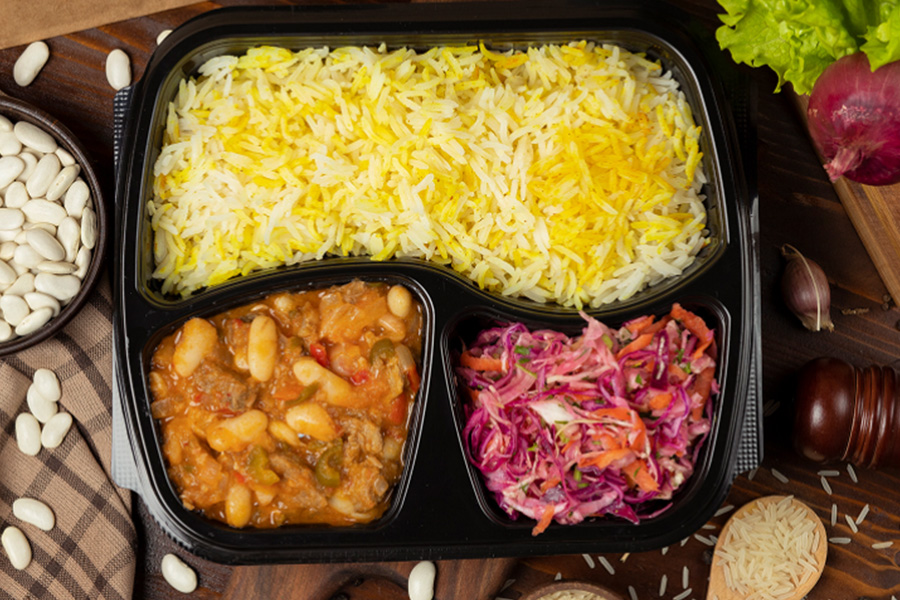
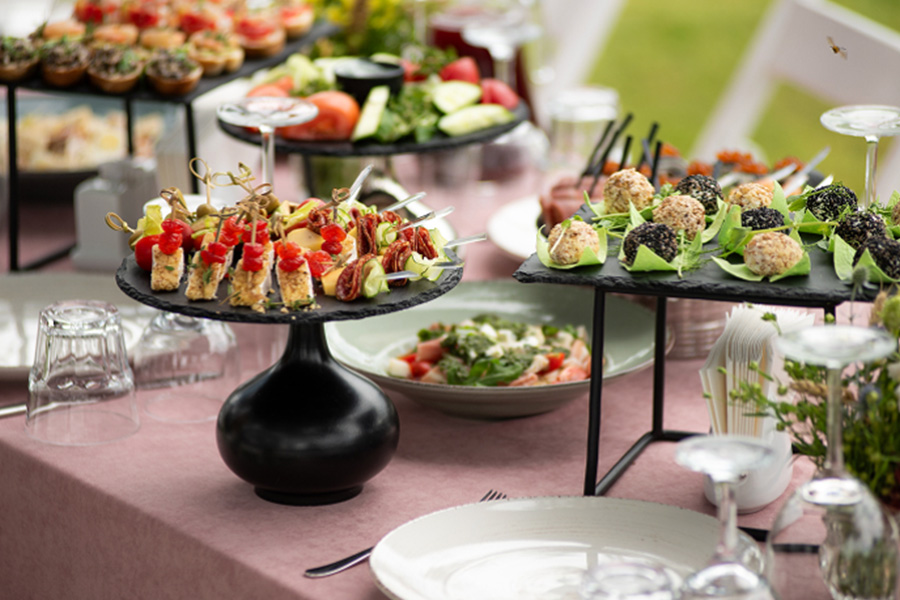
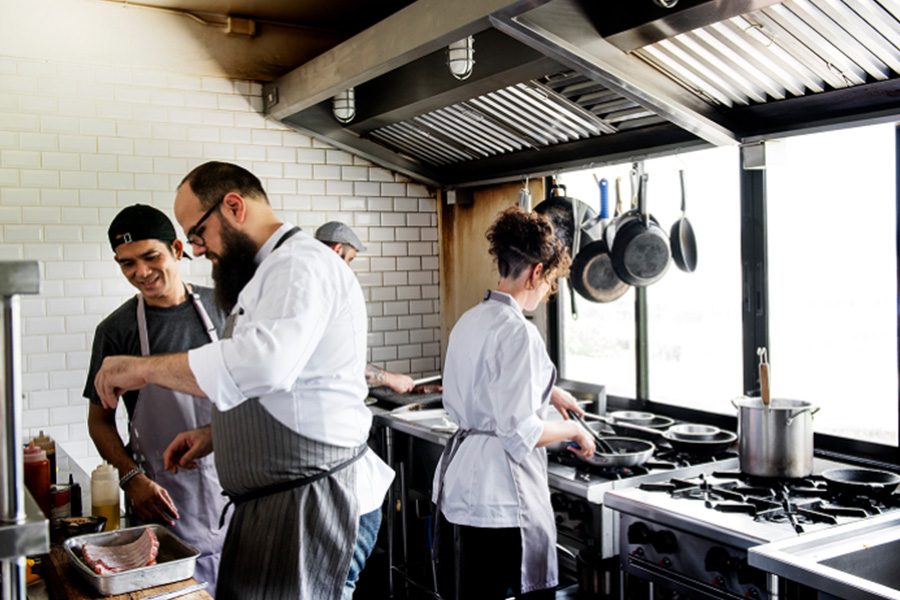
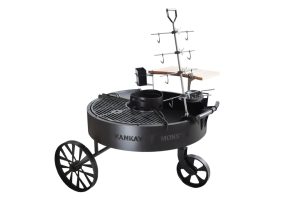
Post Comment
You must be logged in to post a comment.